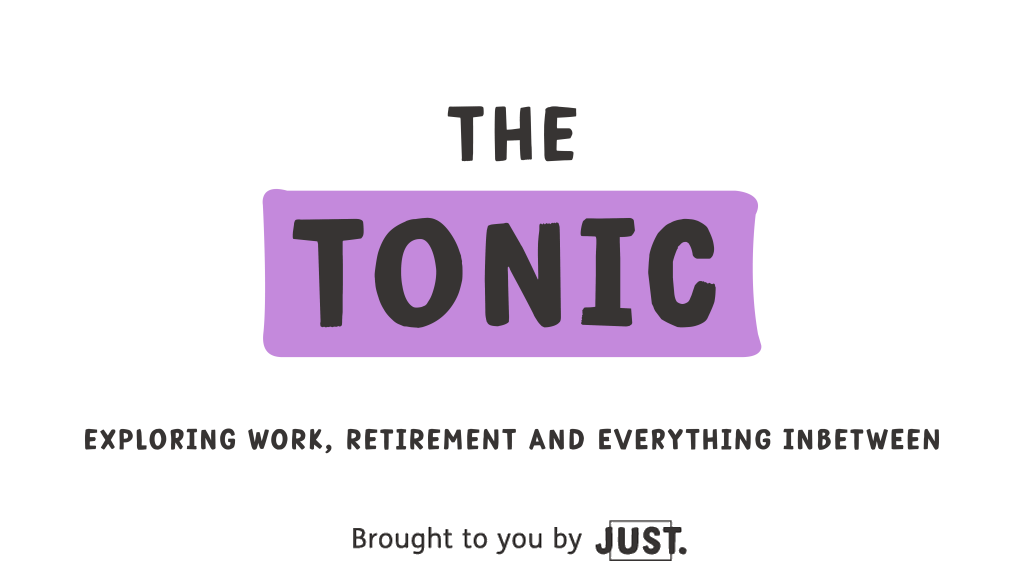Regular exercise impacts the white matter in your brain. Here’s how it can help fight the risk of Alzheimer’s…
Decline in cognitive function is natural as we age, and not everyone will get dementia. But did you know that walking can reduce your risk of dementia?
As we get older, we know things will start slip our minds. We call our children by the wrong name, forget why we walked into a room, and generally recall things a bit more slowly than we did in our twenties. Cognitive decline is a part of natural ageing.
However, Alzheimer’s disease takes cognitive decline beyond the realms of normal ageing. Forgetting how to get home in your own neighbourhood, not recognising your family members, hallucinating… The degenerative symptoms of Alzheimer’s can become debilitating for those with the disease, as well as for loved ones watching.
Dementia is a scary disease, as it strips people of the ability to move through the world independently. Additionally, there is still little known about the causes of the disease.
Read more: Would you want to know in advance if you were going to get dementia?
Walking for white matter
We’re all aware of the benefits regular movement has on our physical health, and even our mental wellbeing. Recent studies have also shone the light on the benefits regular movement has on brain function.
There is a simple habit that has been found to improve your cognitive function, which could decrease your risk of developing dementia. And the sooner you can build the habit, the more likely you’ll stick with it through to old age, when dementia risk is highest.
Participants of a study into the effects of aerobic activity on the plasticity of white matter followed a six month schedule of either walking, dance, or balance and flexibility training. The exercise was carried out in a controlled environment, and MRI scans and memory tests were taken before and after the six months.
This research was specifically focused on how exercise impacts white matter in the brain. It found that those walking and dancing had the biggest cardiovascular improvement. Whilst those doing balance and flexibility training didn’t present these improvements.
What is white matter?
You’re likely to be familiar with the term ‘grey matter’. Our brains are made up of both white and grey matter tissue. Grey matter sitting closer to the edge of the brain, and white tissue existing deeper in the brain’s structure.
White matter is responsible for conducting and processing signals to send between grey matter and the spinal cord. Whereas grey matter processes information in the brain.
White matter decline is present in normal cognitive ageing. However, changes in white matter have been linked to Alzheimer’s disease.
Nevertheless, maintaining this part of the brain can be attributed to better memory as we age. Explaining why the participants who had development in the white matter of their brains also performed better in memory tests, during the study.
Walking has proven positive effect
The walking group also had more of a change in their white matter, although both walkers and dancers showed an improvement in this area. It was found that after the six months, parts of their brain had grown larger, and there was a decrease in the tissue lesions, which are a sign of brain damage.
Another recent study further supports how walking improves cognitive function in older age. Participants were in their 70s and 80s. Some had mild cognitive impairment and other had intact cognition.
Regardless of their existing cognition health, all participants following the 12-week exercise plan involving a brisk walk four times a week, had improved memory and stronger neural connections. The control group who remained sedentary didn’t show any cognitive improvement.
The relationship between exercise and the brain
So, why does brisk walking improve our brain function? On the surface, it might seem like exercise and cognitive health shouldn’t be connected. However, walking helps our cardiovascular health, which improves heart strength.
When the heart is stronger, it can pump blood around the body more effectively. The brain then benefits from an increased flow of blood and oxygen. The increased blood and oxygen levels benefit the brain. Leading to larger areas of the brain and better memory, as shown from the studies.
The habit of a lifetime
If you’re not already an avid walker, this evidence is another motive for you to build the habit now. The results from these studies suggest you’ll enjoy slower cognitive decline as you age if you regular walk. Keeping your mind sharp, and less prone to Alzheimer’s or dementia.
To match the frequency that participants were walking in the studies, you’ll need to walk three-four times a week. Participants were walking for 30 minutes in one study, and 40 minutes in the other. The key is remaining consistent with the habit.





[…] Read more: walking can reduce your risk of dementia […]